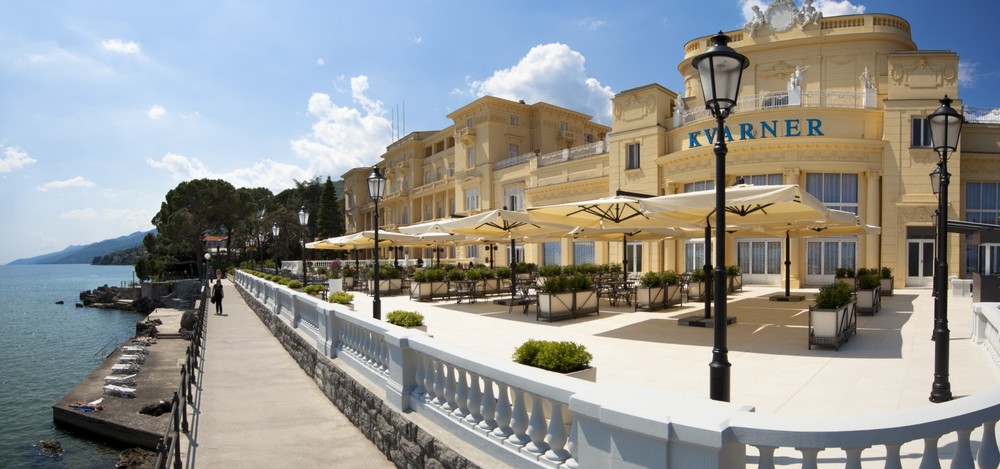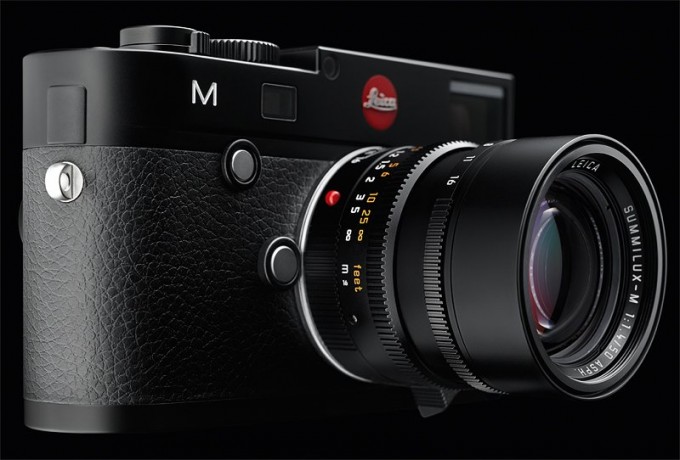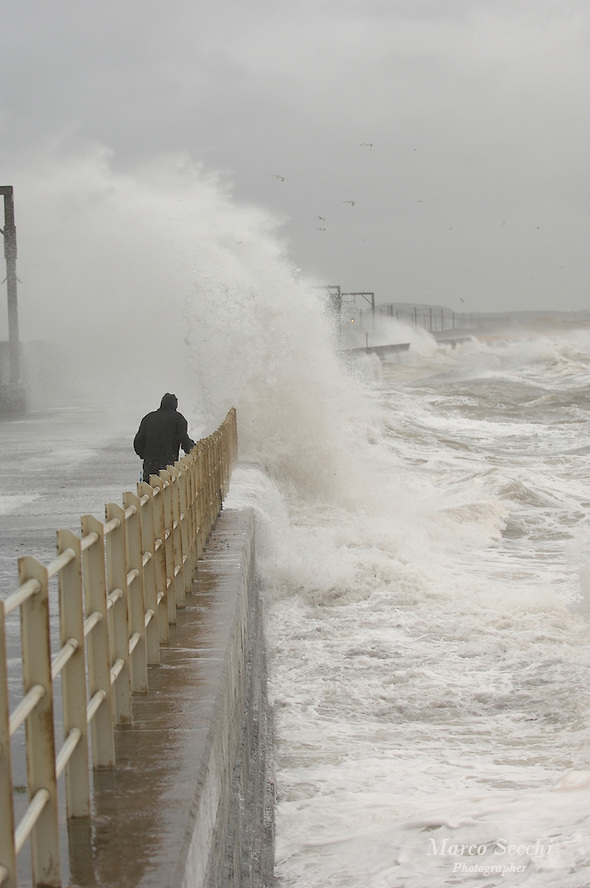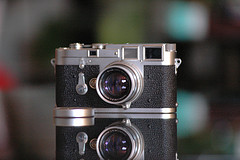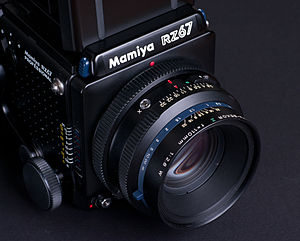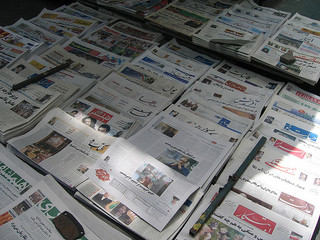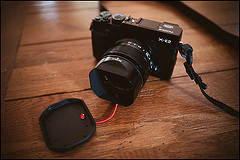Here are techniques from 10 artists featured in Krysa's book "Creative Block" to help you get unstuck when you're up against a creative block.
1. TAKE A STROLL AROUND THE NEIGHBORHOOD
Often a creative block comes from an inability to stay focused on just one task at hand. Your mind feels overwhelmed or distracted by too many things. "Your brain feels like a big knot, and you only think of your kitchen that needs a cleaning," says German-based photographer Matthias Heiderich in Krysa's book. "It makes sense to stop working then, and to re-sharpen the senses."
Heiderich's solution is what he calls "Once Around the Block," inspired by the name of a song by musician Badly Drawn Boy. Simply getting out of your chair, exploring your own neighborhood, paying attention to the houses and sidewalks and shop windows rather than staying stuck in your head and your workspace, can help reenergize you. "Trying to see the banal objects around you in a new light can be a good brain boost," he says.
2. SET TIGHT PARAMETERS TO PLAY IN
Having endless possibilities to choose from can be overwhelming and ultimately lead to a block. That's why setting rules or parameters for yourself can help you start thinking creatively without getting lost in the wilderness of possiblities.
Mixed-media artist Trey Speegle suggests making a drawing and photocopying it 50 times, then altering each image in as many ways as you can think of. "The important thing is to turn off your brain and just play with a repeated form and let your mind see where no ideas or thought processes takes you," he says. "Create your own tight parameters . . . Then give yourself a lot of room to play."
3. NEVER UNDERESTIMATE THE POWER OF WILLPOWER
Sometimes getting past a creative block simply means pushing through the resistance you're feeling. It's easy to run from a project that's giving you trouble, but sticking with it when you feel uncomfortable takes willpower.
"There will be one point in every project where I decide that my idea is absolutely stupid," says Kristi Malakoff, a Canadian-based artist who makes large installations using cut paper. "It’s just pure willpower that gets me through these moments."
4. DON'T WAIT FOR INSPIRATION
Inspiration doesn't just strike. It's cultivated. Waiting around for the perfect moment to launch into a project or tackle a creative challenge will keep you waiting for a long time. Just do the work, advises South African ceramics artist Ruan Hoffmann. "Through work comes new ideas, and the spark to either follow and develop, or develop and then abandon," he says.
One place Hoffmann finds inspiration is in the words of painter and photographer Chuck Close when he says:
"Inspiration is for amateurs; the rest of us just show up and get to work. If you wait around for the clouds to part and a bolt of lightning to strike you in the brain, you are not going to make an awful lot of work. All the best ideas come out of the process; they come out of the work itself. Things occur to you."
5. SEEK OUT AN ASSIGNMENT
Getting past a creative block means stepping outside your comfort zone. If you feel uncomfortable, you're pushing your boundaries. And that's where good ideas start to take shape.
Inspiration is for amateurs; the rest of us just show up and get to work.
"Ask someone close to you to give you an assignment,'" says collage and mixed-media artist Hollie Chastain. "Make sure it’s not an idea that you have frequented on a regular basis in your work. Keep true to your vision and technique as you work."
6. PUT RANDOM THINGS TOGETHER TO TELL A STORY
What story are you trying to tell? Whether you're working on a design project or trying to come up with a solution to a technical problem, or writing a book—you're telling a story. What is that story and how can you tell it in a new way?
"The human brain seems to want to understand things," says Swedish-based painter and illustrator, Camilla Engman. "If you put two things together, it immediately starts to think about why and what. For me, that makes up a story."
7. DARE TO GO AGAINST WHAT YOU KNOW
We often turn to the same solutions or strategies for solving creative challenges that we've used in the past. "You’ve probably developed a certain style that is unmistakably yours. Your creative muscle has become strong, maybe overbearing. It’s time to stretch," says Canadian-based painter Fiona Ackerman.
Ackerman suggests trying to do something unfamiliar or unrecognizable to the work you've done in the past. "This exercise always helps me break out when I’m feeling bored by myself," she says.
8. TAKE TO THE ROAD
Trying to see your neighborhood or block in a new way, as Heiderich suggests, can be a useful way to train your brain to recognize new details around you, but putting yourself in an entirely new and unfamiliar surrounding can also have the effect of re-energizing you in unexpected ways.
"Taking to the road with my camera never fails to inspire me," says photographer and writer Jen Altman. "Sometimes it’s not only the act of the voyage—however short it may be—but the state of mind that envelops you as the road widens. Some of my best ideas have come as I’m chasing the sun across the horizon."
9. START AGAIN
Often getting out of a rut requires trashing the whole thing and starting from scratch. Instead of trying to untangle the mess you're in, what about setting it aside and creating a new mess using what you've learned from the first attempt. When that try fails, set it aside and start over again.
"Draw something on a piece of paper. Stare at it. Trash it. Draw it again on another piece of paper. Stare at it. Trash it. Repeat," suggests collage and mixed-media artist Arian Behzadi. "Once you feel you’re done, uncrumple all the pieces of paper and line them up in order." Seeing the progress you've made, the attempts you took and abandoned, will help you not only make progress, but also learn from the process you used to get there.
10. GO TOWARD WHAT SCARES YOU MOST
If something scares you, instead of avoiding it, try getting as close to it as you can. Fear can be a powerful motivator and embracing your fears can help you get over a block. Painter Lisa Golightly suggests making a list of the three creative things you're most afraid to try and then forcing yourself do those three things.
"Fear is a big motivator for me," says Golightly. "A college professor once told me that if I was afraid of something, that meant I had to do it. That has basically shaped my life






